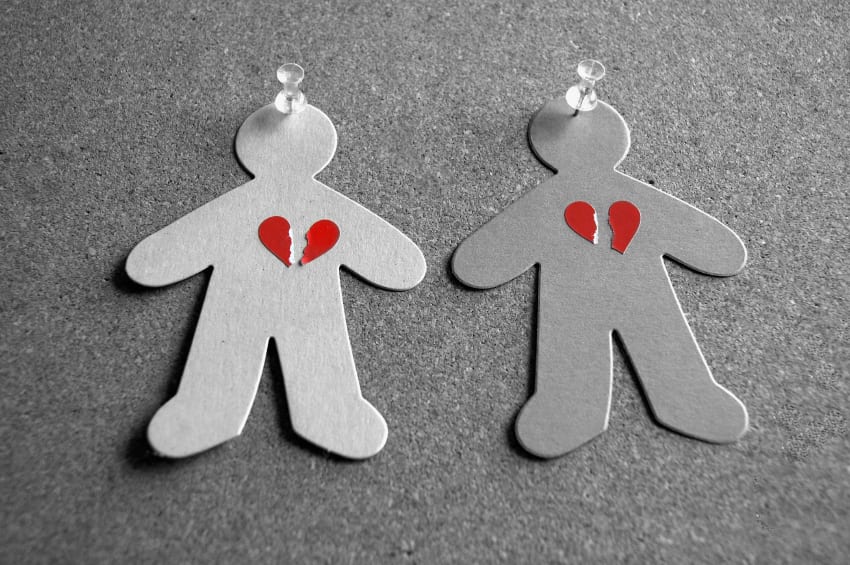 USA Today interviewed SMU’s Jasper Smits about his research indicating exercise offers effective relief for anxiety and depression.
USA Today interviewed SMU’s Jasper Smits about his research indicating exercise offers effective relief for anxiety and depression.
In the article “Exercise to get rid of anxiety, and put on a happy face” published April 26, health columnist Kim Painter quotes Smits saying more therapists should prescribe exercise as an effective treatment.
Smits co-authored a book detailing how exercise can provide relief for people who struggle with depression and anxiety disorders.
 Smits and Michael Otto, psychology professor at Boston University, analyzed numerous studies and determined exercise should be more widely prescribed by mental health care providers.
Smits and Michael Otto, psychology professor at Boston University, analyzed numerous studies and determined exercise should be more widely prescribed by mental health care providers.
They presented their findings to researchers and mental health care providers March 6 at the Anxiety Disorder Association of America’s annual conference in Baltimore. Their workshop was based on their therapist guide “Exercise for Mood and Anxiety Disorders,” with accompanying patient workbook (Oxford University Press, September 2009).
The guide draws on dozens of population-based studies, clinical studies and meta-analytic reviews that demonstrate the efficacy of exercise programs, including the authors’ meta-analysis of exercise interventions for mental health and study on reducing anxiety sensitivity with exercise.
EXCERPT:
By Kim Painter
USA TODAY
Most people seeking treatment for depression or anxiety face two choices: medication or psychotherapy. But there’s a third choice that is rarely prescribed, though it comes with few side effects, low costs and a list of added benefits, advocates say.
The treatment: exercise.
“It’s become clear that this is a good intervention, particularly for mild to moderate depression,” says Jasper Smits, a psychologist at Southern Methodist University in Dallas. Exercise as an anxiety treatment is less well-studied but looks helpful, he says.
It’s no secret that exercise often boosts mood: The runner’s high is legendary, and walkers, bikers, dancers and swimmers report their share of bliss.
Now, data pooled from many small studies suggest that in people diagnosed with depression or anxiety, the immediate mood boost is followed by longer-term relief, similar to that offered by medication and talk therapy, says Daniel Landers, a professor emeritus in the department of kinesiology at Arizona State University.
And exercise seems to work better than relaxation, meditation, stress education and music therapy, Landers says.
Related links:
Jasper Smits
SMU Anxiety Research and Treatment Program
Michael Otto
Book: “Exercise for Mood and Anxiety Disorders”
Google books: “Exercise for Mood and Anxiety Disorders Workbook”

 If children feel threatened by even very low levels of violence between their parents, they may be at increased risk for developing trauma symptoms, new research suggests.
If children feel threatened by even very low levels of violence between their parents, they may be at increased risk for developing trauma symptoms, new research suggests. Family violence experts estimate that more than half of children exposed to intimate partner violence experience trauma symptoms, such as bad dreams, nightmares and trying to forget about the fights.
Family violence experts estimate that more than half of children exposed to intimate partner violence experience trauma symptoms, such as bad dreams, nightmares and trying to forget about the fights.


